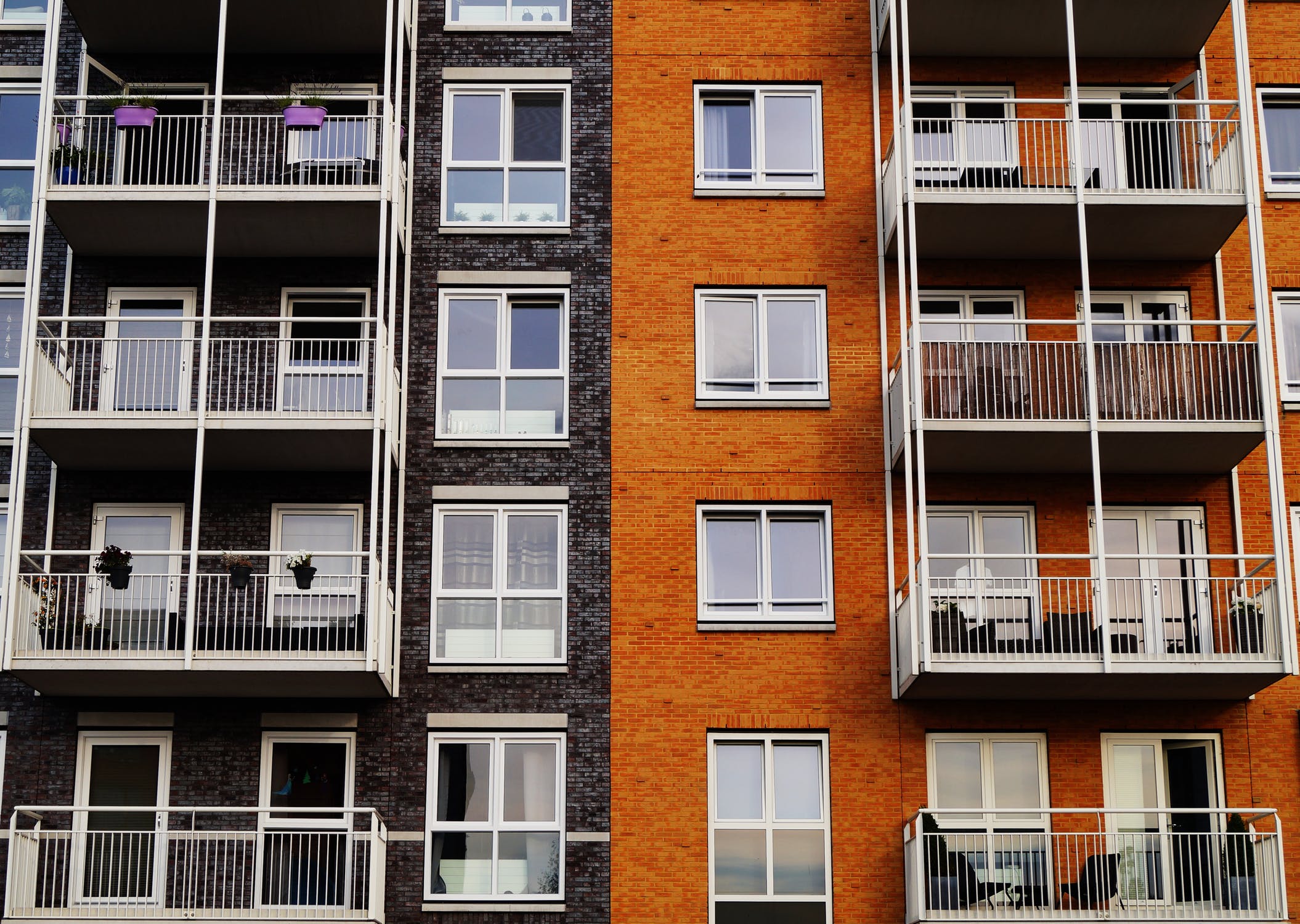The idea might bring to mind a Soviet kommunalka or a hippie commune, but co-housing is rising in popularity among people looking for a small, tight-knit community while still owning their own home. Even mortgage giant Fannie Mae has recently begun acknowledging them in their loan offerings. With all the talk of higher rates of loneliness and social isolation among young people, are these closer, nearly familial living arrangements a possible cure? Can we predict whether this is going to be a true real estate revolution, or another tiny house bust?
Co-housing in its current form was pioneered in Denmark in the 1960s. Families unsatisfied with their neighborhoods came together to found Sættedammen, which opened in 1972. The world’s first pre-planned, non-religious, non-political communal living community thrives to this day with around 30-40 households sharing meals, holidays, and activities. Like a condo or co-op association, residents own their homes and the land is owned collectively. In addition, families pay approximately $3,500 a year to fund shared resources and amenities.
Some are very serious about importing this style of living to our side of the Atlantic. The Cohousing Association of the United States is a nonprofit dedicated to advocating cohousing in America and sharing resources for those who are considering or already living in them. CohoUS, as they are known, shares a strategic plan to spread awareness of cohousing in the hope that it will catch on here the way it has in some European communities.
While co-ops are plentiful, especially in New York, true communal living is much rarer. That’s not for complete lack of trying, however. In 2007 Brooklyn Cohousing set out to recreate the Sættedammen experience in an American urban setting. Founder Alex Marshall shared with 16 investor families and couples his utopian concept: a place where neighbors lived like family. More than a starry-eyed idealist, he came to the project with a background in urban planning, having published a book called How Cities Work about fostering a better community among city dwellers. This would be his chance to put his research and learned truths about city life to work.
Unfortunately, even past accomplishments and meticulous planning couldn’t guarantee a success. After bouncing between three different planned locations, Brooklyn Cohousing was forced to disband and admit defeat. Financial issues, plus investor disagreements on a building site doomed the project. It seemed that bringing the vision to life wasn’t plausible in this environment. The 2008 financial crisis didn’t help, either.
Even in a more prosperous economy, the idea that Americans will want to live in these communal environments is a tough sell. We’re rugged individualists, at least we tell ourselves, and are more likely to want a place to call our own than something to share with others. Studies partially support this idea, showing U.S. citizens are more likely than Europeans to prioritize individual achievement over ensuring fair treatment for all. It would seem that this philosophy of cohousing hews closer to a European ideal than our own.
A case can be made that cohousing is the cure for what ails Americans. The percentage of people who say they feel lonely has doubled since the 1980s. It’s not just a matter of having “the blues.” Social isolation is proven to damage immune systems, raise levels of stress hormones, and increase the risk of heart attack and stroke. Even more appallingly, individuals living in isolation are twice as likely to die prematurely as those with meaningful social lives. To live in cohousing gives residents the regular social interaction that scientists say are vital to a healthy, long life.
Realistically, however, is this going to be what people truly want? It’s a major leap to say that Americans will embrace cohousing on a large scale. After all, though they’ve taken root in places across Europe, it’s not as if a substantial number of people have taken to the communal lifestyle. Even in Denmark where cohousing is most widespread, it represents only 8% of total living arrangements. Cohousing remains a niche concern for people open to a nontraditional way of life. While the idea of having neighbors like family sounds nice to many, a revolution in housing might not yet be on the horizon.





